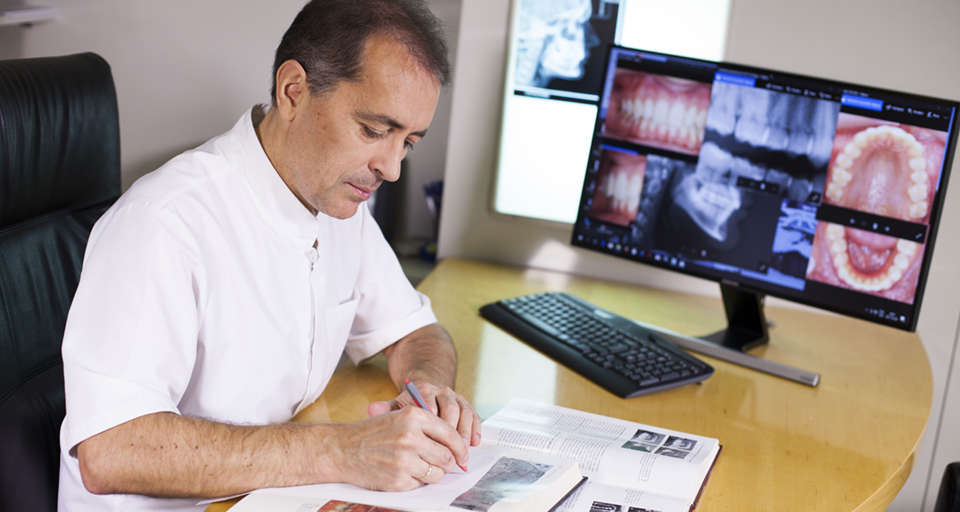Gingival labial recessions in orthodontically treated and untreated individuals: a case – control study.
Written by admin on June 30, 2013
J Clin Periodontol. 2013 Jun;40(6):631-7. doi: 10.1111/jcpe.12105. Epub 2013 Apr 16.
Renkema AM(1), Fudalej PS, Renkema AA, Abbas F, Bronkhorst E, Katsaros C.
Author information:
(1) Department of Orthodontics and Craniofacial Biology, Radboud University Nijmegen Medical Centre, Nijmegen, The Netherlands.
OBJECTIVES: To evaluate the long-term development of labial gingival recessions
during orthodontic treatment and retention phase.
MATERIAL AND METHODS: In this retrospective case-control study, the presence of
gingival recession was scored (Yes or No) on plaster models of 100 orthodontic
patients (cases) and 120 controls at the age of 12 (T12 ), 15 (T15 ), 18 (T18 ),
and 21 (T21 ) years. In the treated group, T12 reflected the start of
orthodontic treatment and T15 – the end of active treatment and the start of
retention phase with bonded retainers. Independent t-tests, Fisher’s exact tests
and a fitted two-part “hurdle” model were used to identify the effect of
orthodontic treatment/retention on recessions.
RESULTS: The proportion of subjects with recessions was consistently higher in
cases than controls. Overall, the odds ratio for orthodontic patients as
compared with controls to have recessions is 4.48 (p < 0.001; 95% CI: 2.61-7.70).
CONCLUSIONS: Within the limits of the present research design, orthodontic
treatment and/or the retention phase may be risk factors for the development of
labial gingival recessions. In orthodontically treated subjects, mandibular
incisors seem to be the most vulnerable to the development of gingival
recessions.
© 2013 John Wiley & Sons A/S. Published by John Wiley & Sons Ltd.
DOI: 10.1111/jcpe.12105
PMID: 23587032 [Indexed for MEDLINE]




